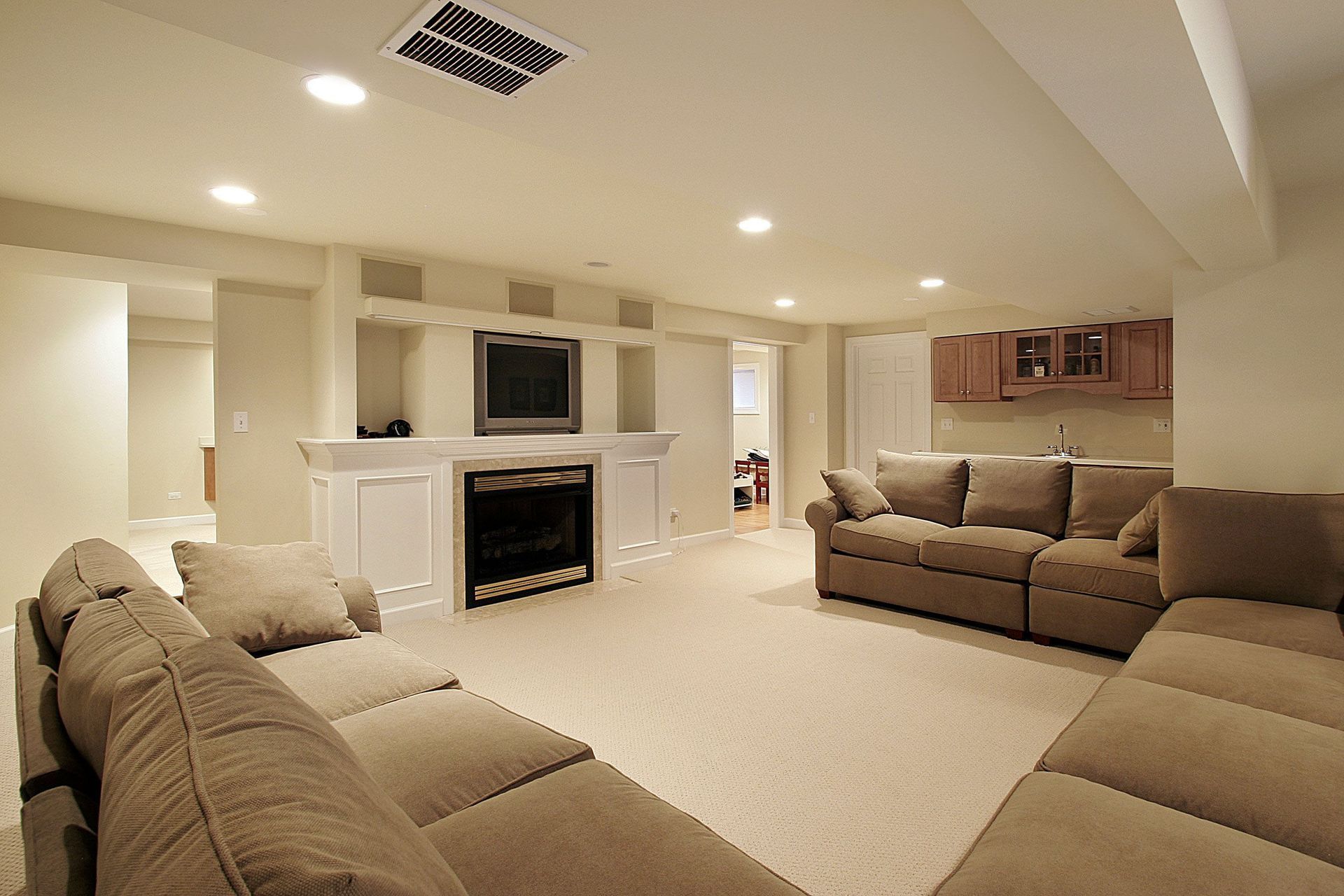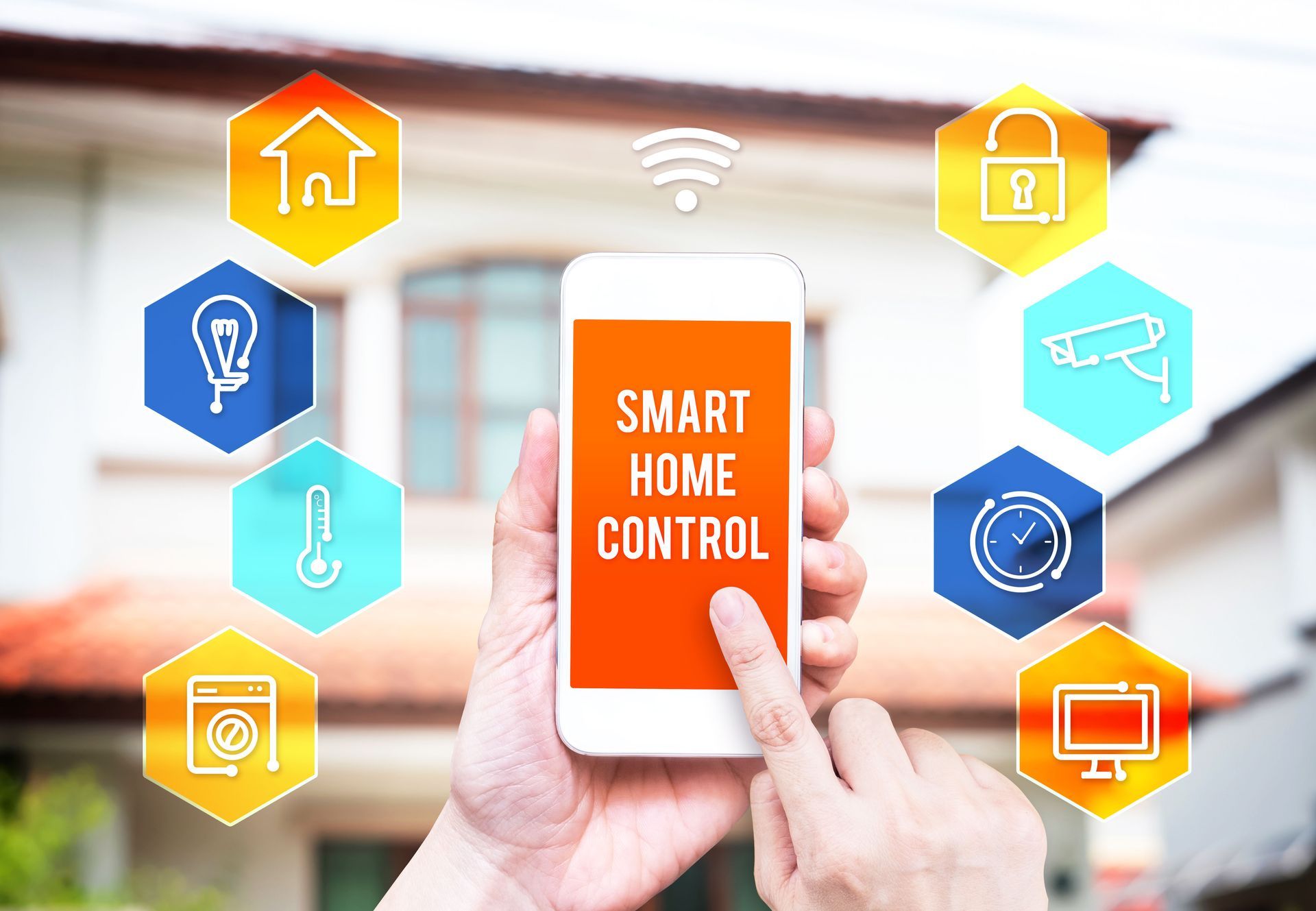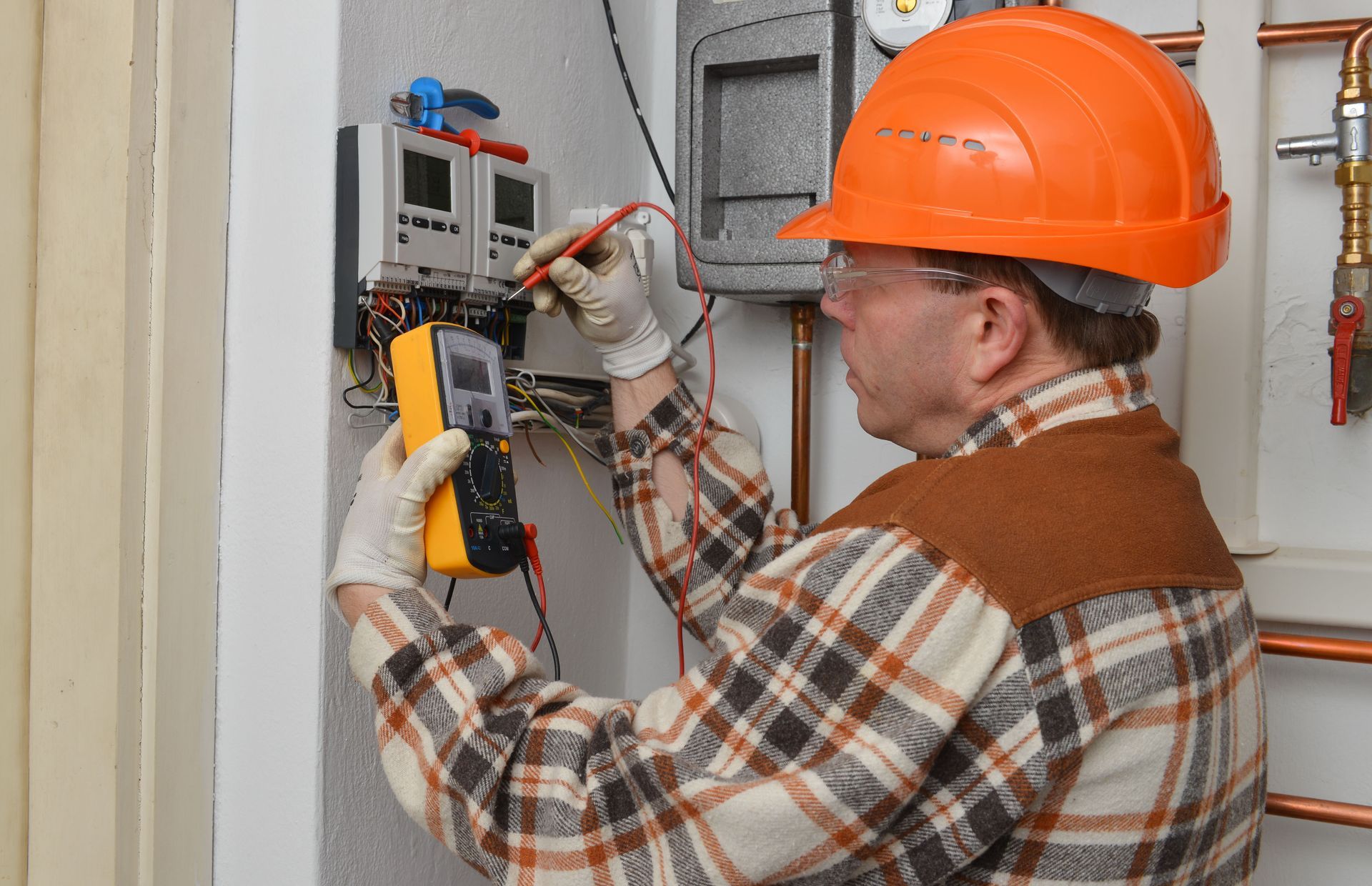How Light Control System Installations Improve Energy Efficiency in Smart Homes
According to Mordor Intelligence, the North America residential lighting control system market was projected to reach $7.98 billion in 2025 and grow at a CAGR of 15.5% to reach $16.40 billion by 2030. With energy costs on the rise and homeowners seeking smarter ways to manage consumption, modern lighting systems offer a practical and forward-thinking solution for residential spaces.
Light control system installations go far beyond traditional switches. They combine innovative technology with thoughtful electrical design to make lighting responsive and efficient. These systems can automatically adjust brightness, timing, and even color temperature based on how a space is used throughout the day, creating a home that feels comfortable and intuitive while using significantly less power.
Whether the goal is lowering monthly energy bills, reducing environmental impact, or creating a more adaptive home environment, light control installations deliver tangible benefits. They represent the intersection of smart technology and professional electrical craftsmanship, bringing both convenience and sustainability to everyday living.
The Basics of Light Control System Installations
Defining Key Components
Light control installations encompass a variety of technologies designed to manage indoor and outdoor lighting. Key components typically include smart switches, dimmers, sensors, and a central control hub. These elements work together to automate lighting adjustments based on user preferences and occupancy patterns, enhancing both functionality and efficiency in the home.
Each component plays a critical role in improving lighting performance. Occupancy sensors prevent wasted energy by ensuring lights operate only when needed, while dimmers allow precise control over brightness levels that reduce power consumption. When paired with a central control hub, these devices create a cohesive system that responds intuitively to household routines, resulting in consistent comfort, lower utility costs, and longer-lasting lighting equipment.
Exploring Different Light Control Systems
There are multiple types of light control systems that cater to various preferences and home layouts. Options range from basic timer switches to advanced systems featuring motion sensors and remote controls. Smart lighting systems can be customized to a home’s needs, integrating seamlessly with other automation technology.
This versatility ensures that homeowners can enhance the indoor lighting environment without sacrificing functionality or aesthetic appeal. With professional installation, each system is designed to operate efficiently and safely, providing long-term performance and energy savings.
The Process of Enhancing Energy Efficiency
Automating Lighting Adjustments
One of the primary ways light control system installations enhance energy efficiency is through automated lighting adjustments. These systems can dim or switch off lights based on occupancy, significantly reducing unnecessary energy consumption. For example, lights can be programmed to turn off automatically when the last person leaves a room, which streamlines daily routines and supports sustainable energy usage.
Additionally, modern automation can respond to natural light levels, adjusting brightness in real time to maintain consistent illumination while reducing reliance on artificial lighting. This not only conserves energy but also extends the lifespan of bulbs and fixtures, providing long-term cost savings and environmental benefits. Electricians need to ensure these features are optimized for each home’s layout and daily patterns.
Customizing User Control
User-defined settings are another essential feature of light control system installations. Homeowners can set schedules for when lights should be on, off, or dimmed depending on the time of day. This degree of customization ensures energy is not wasted, empowering residents to optimize efficiency while reducing monthly bills and environmental impact.
Furthermore, user control allows integration with mobile apps or voice-activated assistants, giving homeowners the flexibility to adjust lighting remotely or set temporary schedules for special occasions. This added convenience enhances the living experience while maintaining energy-conscious practices. Good electricians guide clients in configuring these controls to maximize both comfort and efficiency throughout the home.
The Benefits of Light Control System Installations
Reducing Energy Costs
Light control installations can provide substantial reductions in energy bills by promoting efficient lighting practices. Automated systems can significantly reduce energy consumption, leading to meaningful cost savings over time. As utility rates rise, these savings can offset the initial investment, making the technology a cost-effective long-term solution.
Additionally, optimizing lighting usage through programmable schedules or occupancy sensors allows homeowners to avoid unnecessary electricity consumption during peak hours, further reducing costs. Over time, these small adjustments accumulate into significant financial savings, making energy-conscious lighting a smart investment for modern homes.
Minimizing Environmental Impact
The environmental benefits of light control system installations extend beyond financial savings. By reducing overall electricity usage, these systems contribute to lower carbon footprints and decreased reliance on fossil fuels. Increasing adoption of energy-efficient practices in homes can create a meaningful impact on sustainability within local communities and across the United States.
Moreover, energy-efficient lighting reduces heat output from fixtures, lessening the demand on cooling systems during warm months. This complementary effect enhances overall household energy efficiency and supports broader environmental goals, helping communities move toward greener, more sustainable living practices.
The Process of Professional Installation
Installing and Setting Up System Properly
Professional installation ensures safety, performance, and long-term reliability for light control installations. A licensed electrician can evaluate existing wiring, recommend compatible components, and install each system based on local codes. This expertise guarantees a seamless setup that operates flawlessly from the start, preventing costly mistakes and ensuring compliance with electrical standards.
Optimizing System Performance
Working with a certified installer allows for a tailored setup based on how a home is used day to day. Electricians can program lighting zones, recommend energy-efficient fixtures, and ensure integration with existing dimmers or switches. This level of customization maximizes energy savings and enhances the comfort and convenience of living spaces.
The Role of Technology in Light Control System Installations
Integrating Solutions for Modern Living
Modern light control installations can be integrated into broader home automation setups, offering both convenience and energy efficiency. A certified installer can connect lighting controls with existing electrical systems, ensuring that all components function together seamlessly. By combining lighting controls with automation features like timers, motion sensors, or daylight-responsive dimming, homeowners can achieve smarter energy management and responsive illumination throughout their homes.
Implementing Advancements in Lighting Technology
Recent advancements in lighting technology have enhanced the effectiveness of light control installations. Innovations such as energy-efficient LED bulbs and Bluetooth-enabled controls allow for more intelligent and responsive lighting solutions. Staying informed about these developments empowers homeowners to select systems that align with energy-saving goals while maintaining aesthetic appeal.
The Benefits of Choosing the Right System With Expert Guidance
Assessing Your Home's Needs
Before installation, homeowners should assess their space, existing fixtures, and daily usage habits. Evaluating these factors ensures the selected system will improve energy efficiency and overall satisfaction. This upfront planning prevents unnecessary expenses and enhances the overall success of the project.
Choosing the Right System With Expert Guidance
Selecting the appropriate light control system does not have to be complicated. A qualified electrician can recommend technology that aligns with the home’s layout, energy goals, and lighting preferences. Professional guidance ensures that every fixture and control works harmoniously to enhance both efficiency and comfort, making light control installations a seamless experience.
Light control system installations are a key way to boost energy efficiency and comfort in modern homes. Understanding how these systems work and the benefits they offer allows homeowners to make smarter choices that save energy and reduce environmental impact. For professional guidance and seamless installation, learn more about how Synergy Electric & Lighting can help bring these smart lighting solutions to your home.







Share On: